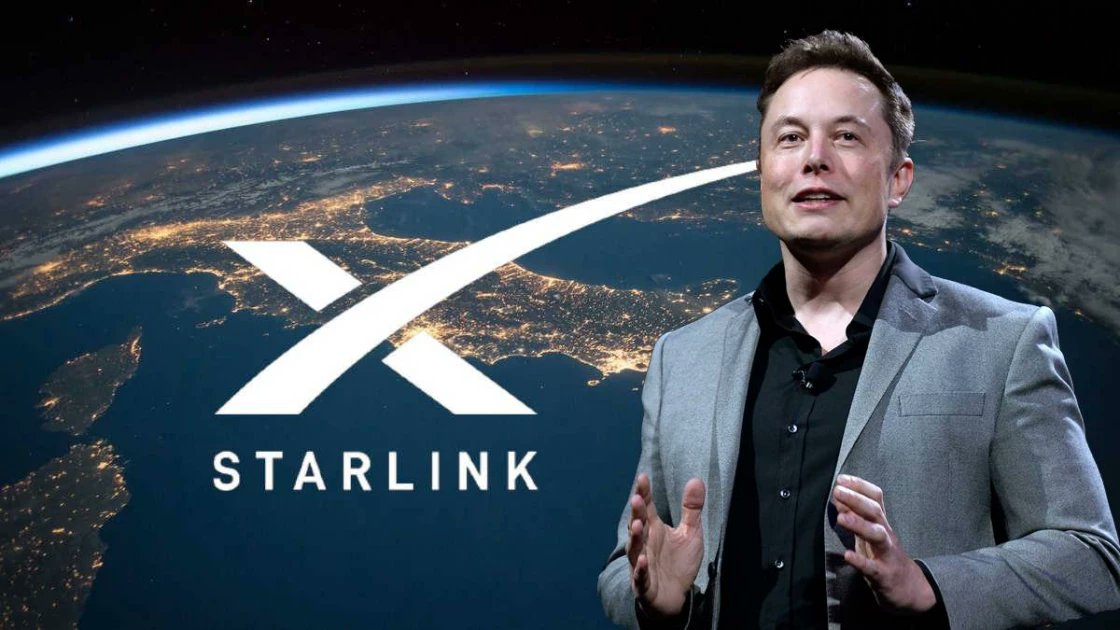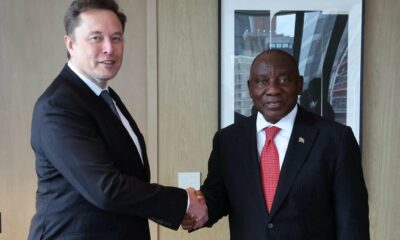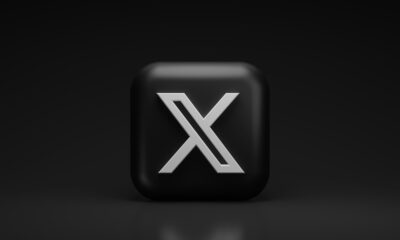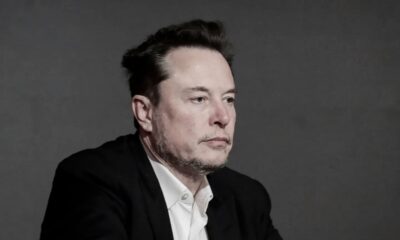News
Starlink Goes Live in Guinea-Bissau, Pushing to Close West Africa’s Digital Divide

Elon Musk’s satellite internet service expands into its seventh West African nation, promising hope for one of Africa’s most offline countries
In a major boost for digital connectivity in West Africa, Elon Musk’s Starlink satellite internet service is now officially available in Guinea-Bissau, a nation where more than two-thirds of the population remains offline.
Guinea-Bissau’s National Regulatory Authority for Information and Communication Technologies (ARN-TIC) gave the final green light in April 2025, just months after issuing a provisional license in December 2024. The rollout marks Starlink’s seventh entry into a West African market, and it’s being hailed as a potential game-changer for a country long underserved by traditional telecoms.
A Country Hungry for Connectivity
In Guinea-Bissau, internet access remains a luxury. Only around 32.5% of the population is online, making it one of the most disconnected countries in the region.
Until now, the country has depended almost entirely on two major players Orange and Telecel, the latter having recently absorbed MTN’s operations. But both rely on fibre connections routed through Senegal and Guinea-Conakry, which are vulnerable to repeated service disruptions.
For ordinary Bissau-Guineans, that has meant unstable connections, high costs, and limited access — especially in rural areas.
Starlink’s Offer: More Than Just Satellites
Starlink’s pitch is simple: reliable high-speed internet beamed from space, with minimal infrastructure required on the ground.
Here’s what’s on offer in Guinea-Bissau:
-
Standard Kit: $400 once-off
-
Residential service: $63/month
-
250 GB plan: $31/month
-
Starlink Mini Kit (budget-friendly option): $205
For a country where many regions are entirely cut off from the digital world, this could be transformative — especially for schools, clinics, farms, and entrepreneurs in rural communities.
Part of a Bigger Push Across Africa
Starlink’s move into Guinea-Bissau is part of a wider African strategy aimed at shrinking the continent’s digital divide. Despite a population of 1.3 billion, Africa still has the lowest internet penetration rate globally, with just 40% of people connected.
So far in 2025, Starlink has expanded to Somalia and Lesotho, and is already live in countries like Liberia and Niger. But its absence in South Africa, the continent’s most advanced economy, has raised eyebrows — with regulatory hurdles believed to be the main roadblock.
Globally, Starlink boasts over 2.6 million users and operates a constellation of around 5,500 satellites, launched since 2019 by Musk’s private space firm, SpaceX.
Local Hopes, Global Impact
For people in Guinea-Bissau, the arrival of Starlink could mark the beginning of a digital transformation. It’s not just about streaming YouTube or using WhatsApp it’s about access to education, remote work, e-healthcare, and a stronger, more resilient economy.
And while affordability remains a real concern in one of the world’s poorest countries, the introduction of tiered plans and more accessible hardware is a step in the right direction.
It’s a quiet revolution, happening from orbit and for Guinea-Bissau, it couldn’t have come at a better time.
{Source: MSN}
Follow Joburg ETC on Facebook, Twitter , TikTok and Instagram
For more News in Johannesburg, visit joburgetc.com



























